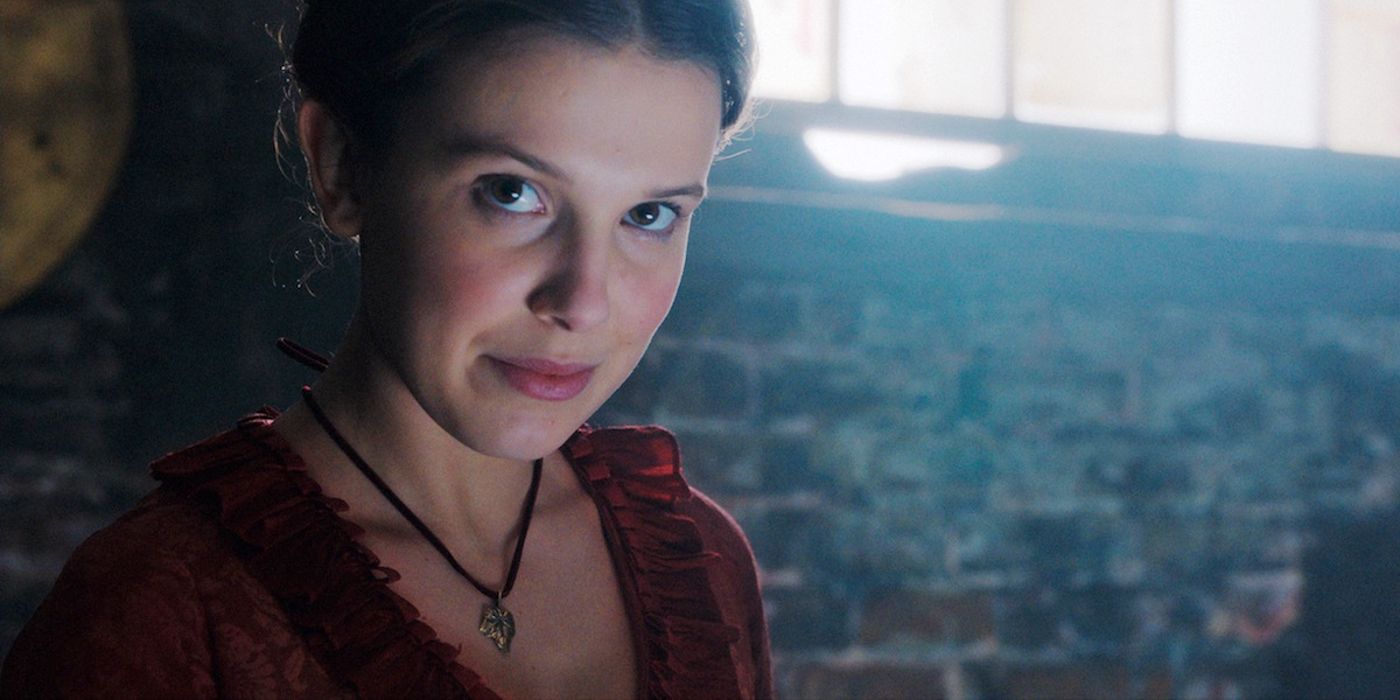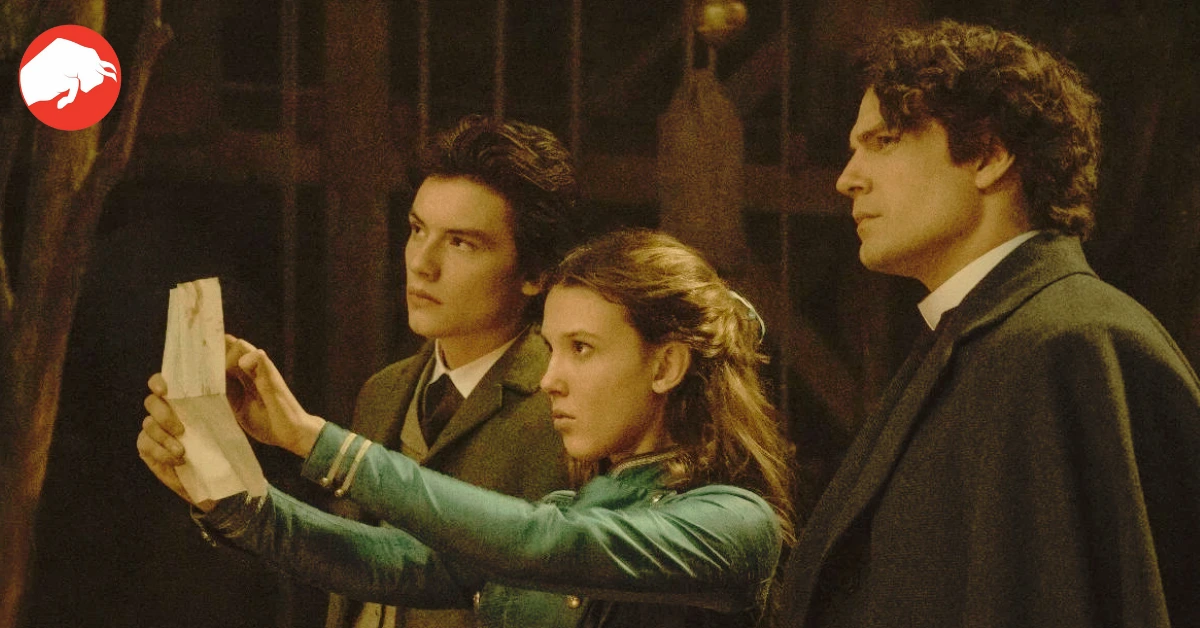Unveiling Sherlock Holmes’ Sister: A Modern Lens on a Timeless Detective
The world of fiction has been graced with countless adaptations and renditions of the iconic detective, Sherlock Holmes. From the foggy streets of Victorian London to modern adaptations, Sir Arthur Conan Doyle’s creation remains a cornerstone in literature and cinema. However, recent explorations into Holmes’s family, particularly a sister, have sparked intrigue and controversy among fans and the Doyle estate alike.
Doyle’s Inspiration for Sherlock Holmes

The genius of Sherlock Holmes, with his extraordinary deductive abilities, didn’t spring up in a vacuum. Doyle admitted in a 1930 interview that the detective’s prowess was inspired by his real-life acquaintance, Doctor Bell of Edinburgh. Bell’s astonishing knack for diagnosing patients based on first impressions struck a chord with Doyle. He envisioned a character who approached crime as Dr. Bell approached disease, making “science take the place of chance.” This commitment to logical reasoning and the scientific method was the cornerstone of the Holmes stories.
Controversies Surrounding the Modern Holmes Adaptations
While Doyle’s original writings introduced us to Sherlock’s enigmatic brother, Mycroft, a Holmes sister was notably absent. The recent cinematic addition of this character has generated its share of legal tussles. The Doyle estate took issue with Netflix’s Enola Holmes series. They argued that this “warmer” rendition of the detective verged on copyright infringement, as it deviated from the stoic and logical detective from the original books.

This legal contention underscores the estate’s dedication to preserving Sherlock Holmes’ character consistency, as conceptualized by Doyle. Naturally, it begs the question: Did Sherlock Holmes even have a sister in the original writings?
Doyle’s Original Works: No Mention of a Sister
Spanning four novels and 56 stories penned between 1887 and 1927, Sherlock Holmes’s personal life is sparingly explored. Doyle’s focus was largely on Holmes’s unparalleled deductive skills, ensuring each tale presented new challenges to test his intellect. These stories emphasized the detective’s prowess over his personal background or emotions.
Modern Adaptations: Introducing a Holmes Sister

While Doyle’s original works were devoid of a Holmes sister, contemporary adaptations haven’t shied away from this fresh narrative. In Enola Holmes, this younger sibling offers a refreshing perspective, often at odds with Sherlock’s established worldviews. Through Enola, creators have woven in feminist undertones, aiming to render Sherlock more relatable to today’s audiences.
Similarly, the fourth season of Sherlock introduced us to Eurus Holmes. This enigmatic sister, superior in intellect to even Sherlock, forced the detective to embrace and acknowledge his emotions, culminating in a more holistic character development.
Conclusion: Reinventing Sherlock Holmes for Today
Doyle’s vision for Sherlock Holmes was clear-cut, emphasizing the detective’s logical reasoning above all else. Yet, as times change, so does the need for characters to evolve. Introducing a sister for Sherlock Holmes has not only modernized the character but has breathed new life into the series. With this fresh perspective, the Holmes legacy promises to enthrall audiences for generations to come.









